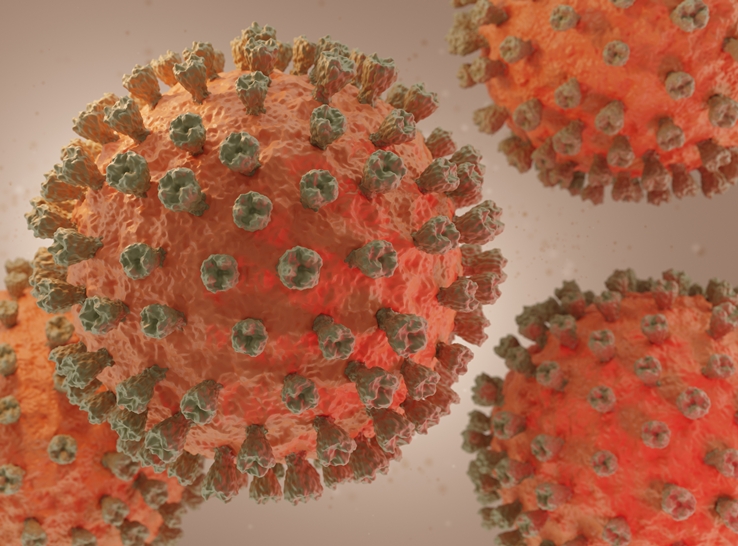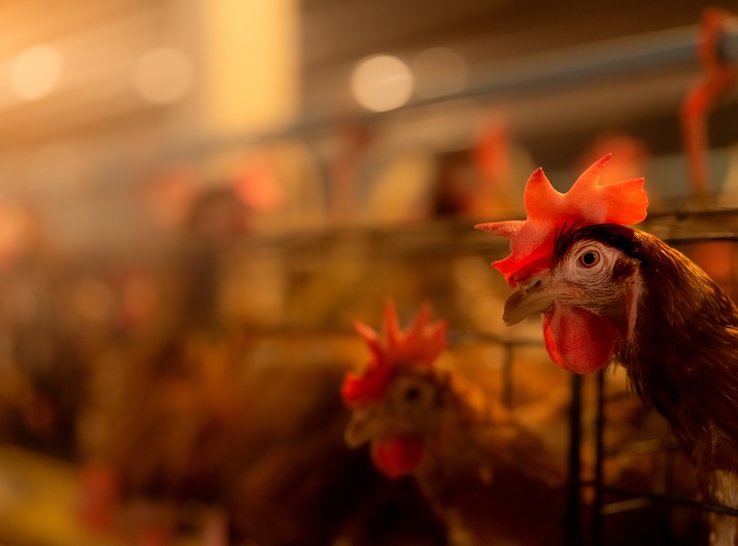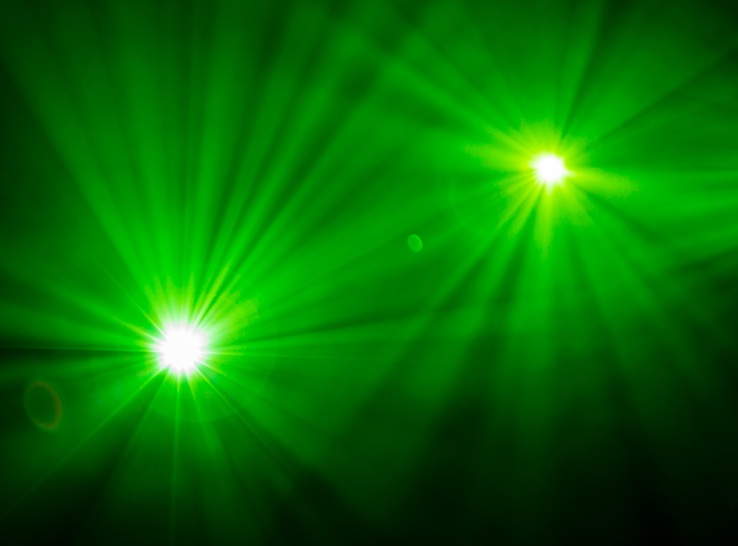Turkeys are seasonal breeders, meaning exposure to a long-day photoperiod triggers the reproductive response. The challenge is that the photoreceptors are deep within the brain. The light must therefore penetrate the skull and brain tissue to elicit a response.
While photoperiod — that is, light duration measured in hours — has been the focus for turkey reproduction, there is increasing interest in light intensity and spectrum/color.
“The turkey industry recommends very high light intensities — more than 100 watts — for breeder flocks, which is much greater than for other poultry sectors,” said Clara Ziezold, doctoral candidate in animal biosciences at the University of Guelph.
“There isn’t much scientific evidence to support such levels to improve reproductive performance in turkeys, but there is a large body of evidence that high-intensity light may compromise welfare by increasing aggression and fearfulness.”
At the 2024 International Poultry Science Forum, Ziezold presented her latest research, which looked at light spectrum and intensity effects on turkey breeder hen performance and egg quality.
For example, red light has been shown to improve egg performance across poultry, possibly because it is able to effectively penetrate tissue, allowing it to reach the deep-brain receptors.
“We hypothesized that we could activate a larger population of hypothalamic photoreceptors by increasing the amount of red light, because red light has higher tissue penetrability,” she told attendees.
Increasing the light intensity would increase the amount of available instantaneous energy that could reach the photoreceptors, she added.
Turkey study
When combined, would these steps lead to a more pronounced stimulation of the reproductive process?
Ziezold and her colleagues wanted to determine the effect of a 60% red, 20% blue and 20% green spectrum LED or cool-light LED presented at high and low intensities on the reproductive performance of turkey hens. They also evaluated the light treatment impacts on egg quality.
Investigators placed 402, young female-line grandparent hybrid turkeys into four rooms in a commercial facility at the university’s research station. They maintained the birds under low-intensity light and assigned light color by room, creating two white rooms and two red rooms.
“We set the low-intensity treatment to 0.1 watts/m2 (3 sq ft); the white and red treatments were harmonized based on energy,” Ziezold explained.
When the birds reached 30 weeks of age, the researchers began photo stimulation. They increased the photoperiod by 13.5 hours of light and introduced the high-intensity treatment by pen, which was three-fold that of the low-intensity light.
“Again, this treatment was harmonized between the white color spectrum,” she noted. “Our high-intensity white treatment was set to the industry-recommended 100 watts.”
During the laying phase, researchers maintained low-intensity lighting and collected eggs 12 times daily. They recorded bodyweights of each bird every 2 and 4 weeks. Throughout the lay, they measured egg quality, which included egg weights, shell-breaking strength and thickness, of all eggs for 3 consecutive days. When hens reached 56 weeks of age, they evaluated yolk, albumen and shell weights.
Effects on performance
“Regarding hen-housed egg production, there was no significant effect of light treatment, neither color nor intensity,” Ziezold said. However, looking at cumulative egg production, they saw a three-egg-per-henhouse gain for the high-intensity red light treatment and a one-egg gain for the low-intensity red light.
“Although not statistically significant, we know that three eggs per henhouse, or a 2.5% increase in production, is quite economically relevant to the turkey industry,” she noted. They found no difference between high- and low-intensity white light, “which is relevant to the industry since it recommends such high light intensities for turkeys.”
The study showed higher bodyweights during the growing phase for red-light treatments, but uniformity was not affected by light spectrum. Also, bodyweight differences between color spectra dissipated after photo stimulation.
Throughout lay, bodyweights were higher and more uniform under low-intensity lighting.
As expected, egg weight increased and shell breakage decreased with hen age. “We also saw an increase in egg weight under low-intensity light throughout lay, which likely corresponds to higher bodyweight,” Ziezold noted.
Yolk, albumen and shell weights all increased under low-intensity light treatment, but in the end, there was no difference in the relative composition of the eggs. Also, light distribution did not influence whether the hen laid eggs in the nest or on the floor.
Next steps
This study prompted the desire to dig deeper into several areas. First, the additional three eggs produced per henhouse under high-intensity red light raised the question whether that can be replicated in a commercial production setting. “We’re hoping to investigate this further,” Ziezold said.
Low-intensity lighting produced increased bodyweight and group uniformity, but why? “This was possibly due to reduced activity,” she noted. “We have video recordings taken throughout the trial, so we hope to get some answers after reviewing these recordings.”
Another area that needs more study in the commercial production setting is the impact that low-intensity light had on egg quality in the study. “This result could have downstream impacts on hatchability and poult quality,” Ziezold concluded.







